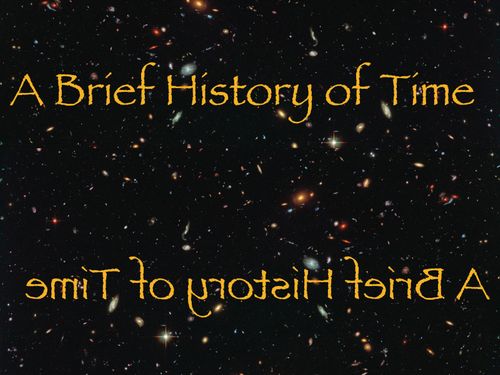Stephen Hawking: From Big Bang to “the mind of God”
Jan 13, 2022 · 4 mins read
0
Share

Stephen Hawking: From Big Bang to “the mind of God”
Have you ever looked up at a starry night sky and wondered if the fantastical design of the cosmos could one day be deciphered? Is the universe eternal? In the physics of the celestial sphere, are there signs, as Einstein suggested, of a higher creator?
Save
Share
In perhaps one of the greatest books ever written, astrophysicist Stephen Hawking spins answers to all these questions. The clockwork of the cosmos is a cipher, he says, that scholars armed with orbiting telescopes and Einstein’s equations have almost finished decoding.
Save
Share
Hawking charts these advances in A Brief History of Time, whose 13 million readers make it the planet’s most popular science book. He maps out a spectrum of universes - including models that have shone, for a time, and then fallen like shooting stars.
Save
Share
Rival predictions on the future of the universe do battle in the book, and Hawking himself issues remarkably different oracles. Now, with the launch of the Webb Space Telescope - the most powerful orbital observatory ever created - these theories can all be tested.
Save
Share
Webb's incredible imaging system might capture the hyper-giant stars that first lit up the skies in pyrotechnic explosions after the Big Bang. Scientists will scan for black holes created by these hypernovas, and track how they co-evolved with primordial starburst galaxies.
Save
Share
Using Einstein’s relativity equations, Hawking helped prove the universe, and time itself, began with a Big Bang. If a star’s implosion into a black hole is reversed in time, he adds, the “white hole” giving birth to a giant sun parallels the explosive start of the cosmos.
Save
Share
The debate over whether the universe was created at some point in the past, or has existed forever, stretches back millennia. Aristotle placed the Earth at the center of an immortal, star-studded cosmos - all designed to illuminate humanity’s night skies.
Save
Share
The Greek astronomer Ptolemy, expanding on Aristotle’s “world view,” surrounded the Earth with massive rotating crystalline spheres that carried the stars and planets on nightly journeys across the heavens. This model dominated for more than a thousand years.
Save
Share
Over the last century, leaps in star-gazing technologies and theoretical physics have revolutionized modeling the heavens. When astronomers discovered spiral galaxies gliding across the skies, this evidence of an expanding cosmos impelled Einstein to redraw his celestial maps.
Save
Share
His first, unchanging cosmic model, where gravity was perfectly balanced by an anti-gravity force, was jettisoned. Astonished to find his equations could generate myriad universes, he sculpted two new simulations – one that collapsed in time and one that expanded into infinity.
Save
Share
0




